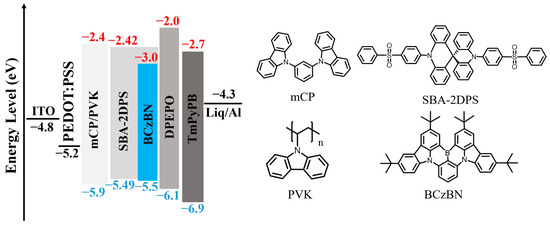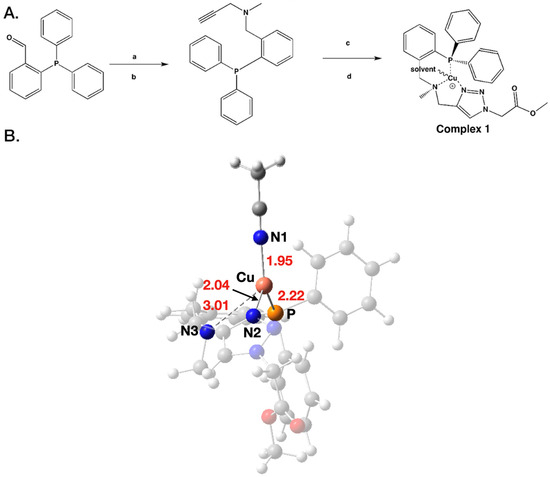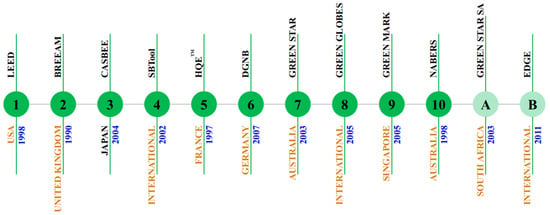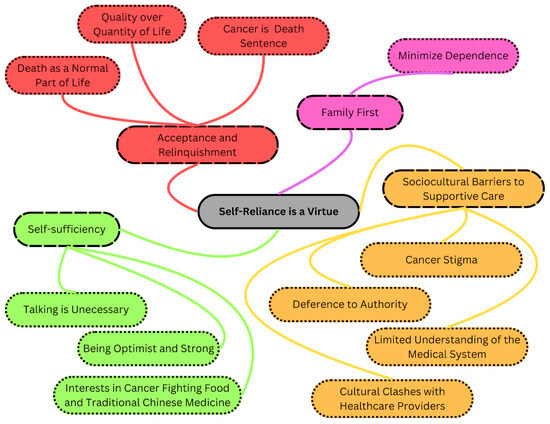Fish in aquatic ecosystems are often impacted by environmental stressors like temperature fluctuations and exposure to heavy metals. Chromium (Cr
6+) is a known environmental pollutant that poses a threat to aquatic life. Various environmental factors, such as water temperature, have been
[...] Read more.
Fish in aquatic ecosystems are often impacted by environmental stressors like temperature fluctuations and exposure to heavy metals. Chromium (Cr
6+) is a known environmental pollutant that poses a threat to aquatic life. Various environmental factors, such as water temperature, have been found to affect the toxicity of dissolved chemicals in aquatic ecosystems. We investigated the toxicity of combinations of different concentrations of hexavalent chromium (Cr
6+) with high temperatures in fish. Hematological indices demonstrated changes in white blood cells (WBCs), hematocrit (HCT), red blood cells (RBCs), and hemoglobin (Hb) levels during the exposure. The qualitative and semi-quantitative analyses of different tissues confirmed that higher concentrations of Cr
6+ caused more significant damage than lower concentrations, with evident alterations observed in circulatory and regressive aspects. Furthermore, brain acetylcholinesterase levels decreased in both single heavy metal exposure and combined exposure at a high temperature. The activity of antioxidant oxidase and immunological parameters increased in all treatment groups compared with the control group following long-term exposure. A significant and increased effect of Cr
6+ in the high-temperature groups was observed on the evaluated biomarkers, suggesting a possible synergistic effect between Cr
6+ and increased temperature. The integrated biomarker response (IBR) reported the highest level of stress at 10 mg/L Cr
6+ combined with high temperature. The IBR analysis revealed that the highest activity of response enzymes, such as acid phosphatase (ACP), superoxide dismutase (SOD), and glutathione S-transferases (GST), was observed in the liver, whereas the gills displayed alkaline phosphatase (ALP), GST, and SOD activity, and the kidneys demonstrated SOD, ACP, and aspartate aminotransferase (AST) to be most active. Through histopathology, antioxidant enzymes, and metabolism- and immunity-related enzymes, we determined that high temperatures enhance the potential toxicity of Cr
6+ in fish. We recommend conducting a thorough assessment of the impact of climate change, particularly temperature fluctuations, when studying the toxic effects of metal pollution, like chromium, in aquatic ecosystems.
Full article
 IJMS
IMPACT
IJMS
IMPACT Applied Sciences
IMPACT
Applied Sciences
IMPACT Sustainability
IMPACT
Sustainability
IMPACT Sensors
IMPACT
Sensors
IMPACT JCM
IMPACT
JCM
IMPACT Materials
IMPACT
Materials
IMPACT Molecules
IMPACT
Molecules
IMPACT Energies
IMPACT
Energies
IMPACT Electronics
IMPACT
Electronics
IMPACT Remote Sensing
IMPACT
Remote Sensing
IMPACT Cancers
IMPACT
Cancers
IMPACT Nutrients
IMPACT
Nutrients
IMPACT Mathematics
IMPACT
Mathematics
IMPACT Foods
IMPACT
Foods
IMPACT Buildings
IMPACT
Buildings
IMPACT Polymers
IMPACT
Polymers
IMPACT Animals
IMPACT
Animals
IMPACT Water
IMPACT
Water
IMPACT Plants
IMPACT
Plants
IMPACT Agronomy
IMPACT
Agronomy
IMPACT Biomedicines
IMPACT
Biomedicines
IMPACT Processes
IMPACT
Processes
IMPACT Microorganisms
IMPACT
Microorganisms
IMPACT Diagnostics
IMPACT
Diagnostics
IMPACT Nanomaterials
IMPACT
Nanomaterials
IMPACT Viruses
IMPACT
Viruses
IMPACT Medicina
IMPACT
Medicina
IMPACT Healthcare
IMPACT
Healthcare
IMPACT Cells
IMPACT
Cells
IMPACT Forests
IMPACT
Forests
IMPACT Agriculture
IMPACT
Agriculture
IMPACT Land
IMPACT
Land
IMPACT JMSE
IMPACT
JMSE
IMPACT IJERPH
IJERPH
 Symmetry
IMPACT
Symmetry
IMPACT Genes
IMPACT
Genes
IMPACT Pharmaceutics
IMPACT
Pharmaceutics
IMPACT Coatings
IMPACT
Coatings
IMPACT Micromachines
IMPACT
Micromachines
IMPACT Pharmaceuticals
IMPACT
Pharmaceuticals
IMPACT Atmosphere
IMPACT
Atmosphere
IMPACT Children
IMPACT
Children
IMPACT Religions
IMPACT
Religions
IMPACT Antioxidants
IMPACT
Antioxidants
IMPACT Life
IMPACT
Life
IMPACT Metals
IMPACT
Metals
IMPACT Biomolecules
IMPACT
Biomolecules
IMPACT Vaccines
IMPACT
Vaccines
IMPACT Education Sciences
IMPACT
Education Sciences
IMPACT Minerals
IMPACT
Minerals
IMPACT Horticulturae
IMPACT
Horticulturae
IMPACT Brain Sciences
IMPACT
Brain Sciences
IMPACT JPM
IMPACT
JPM
IMPACT Bioengineering
IMPACT
Bioengineering
IMPACT























